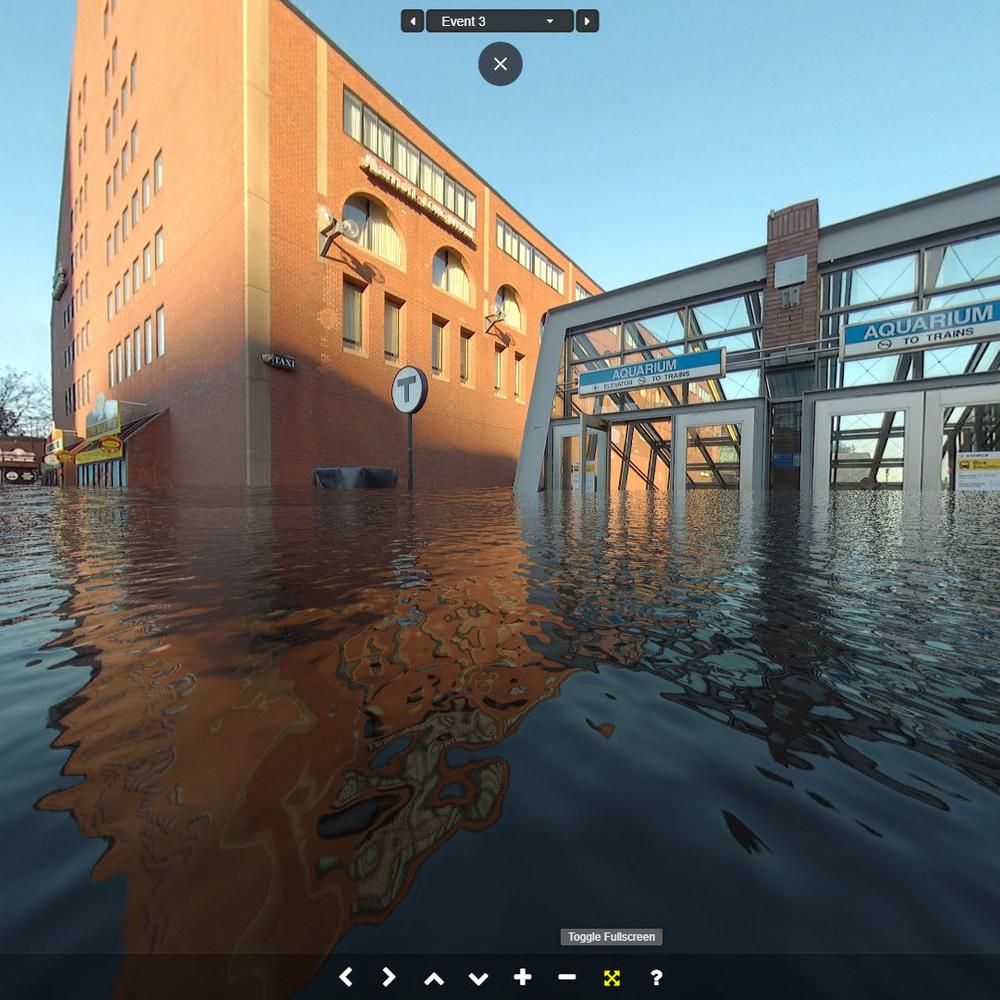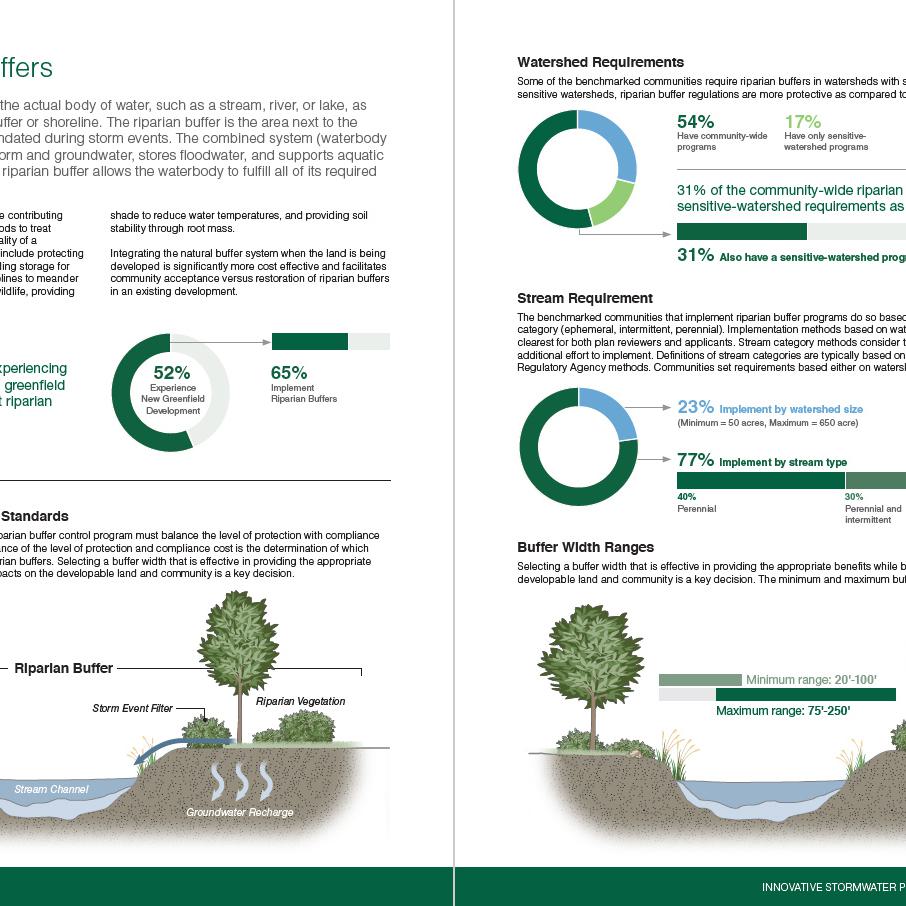Urban Green Infrastructure Solutions
Within the cities of Bridgeport and New Haven, Connecticut, combined sewer systems manage both sanitary and stormwater flows, and are subject to combined sewer overflows (CSOs) during storm events.
Related Topics:
Our Work
A feasibility scan was conducted for Bridgeport and New Haven to evaluate opportunities to incorporate green infrastructure into ongoing wet weather management efforts. The study was intended to address green infrastructure source controls available for implementation, an implementation framework, small-scale and neighborhood demonstration projects, green infrastructure costs and benefits, funding mechanisms, and opportunities for job creation.

CSOs occur when the capacity of the system is exceeded due to stormwater inflow, and untreated overflows are discharged into surrounding surface waters. Since CSOs present public health and environmental concerns, management efforts to control these overflows are essential. Historically, management efforts have relied upon sewer separation, underground storage, and increased treatment plant capacity, all of which are collectively known as grey infrastructure. In contrast, green infrastructure, an alternative and increasingly popular wet weather management approach, utilizes predominantly natural processes such as infiltration and evapotranspiration, as well as rainwater reuse, to manage storm flows.
We conducted a feasibility scan for Bridgeport and New Haven to evaluate opportunities to incorporate green infrastructure into ongoing wet weather management efforts. Specifically, the study was intended to address green infrastructure source controls available for implementation, an implementation framework, small-scale and neighborhood demonstration projects, green infrastructure costs and benefits, funding mechanisms, and opportunities for job creation. In total, this report is intended to serve as a foundation for future detailed planning and design efforts.
Results of the feasibility scan indicate that green infrastructure can serve as an effective approach to managing CSOs within Bridgeport and New Haven. Opportunities available for implementation include blue roofs and green roofs on commercial and industrial buildings; bioretention installed within parking lots and roadway medians, along streets, within tree pits and planter boxes, and within courtyards; rainwater harvesting systems used to irrigate lawns and athletic fields; and permeable pavement installed along sidewalks and parking areas.
Although green infrastructure costs are highly variable, there are instances where implementation costs are lower than grey infrastructure approaches. When implementation costs are comparable, green infrastructure feasibility is aided by the additional benefits these source controls can provide. Additionally, green infrastructure presents opportunities for phased and distributed implementation in areas where grey infrastructure approaches may be difficult. In considering a combination of grey and green infrastructure to manage wet weather flows, as many other CSO communities have done, Bridgeport and New Haven can expect to develop an effective framework for managing CSOs while providing a myriad of additional benefits.











